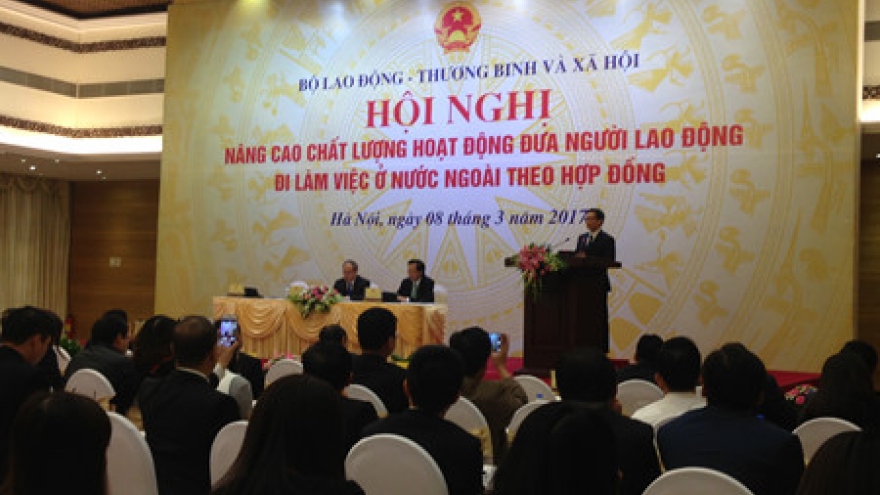Labor quality is big problem for Vietnam: reports
Vietnam is in the ‘golden population period’ with a high number of working-age people, expected to last from 2010 to 2040. However, the quality of the labor force is not ‘golden’, say experts.
 |
Nguyen Van Thuat from NCIF (National center for Socio-economic information and forecast) said that Vietnam has 43 million people in the labor force do not have technical qualifications (79.1%) and only 11.3 million are trained workers (20.9%).
The figures show that the labor force in Vietnam is plentiful, but labor quality is low, which leads to low productivity and cheap labor costs.
Thuat and his co-workers have found that while the number of trained workers finishing vocational schools is on the decline, people with bachelor’s degree or higher education levels increased from 6.9% in 2013 to 9% in 2016.
This reflects an unreasonable structure, with an abundance of workers with bachelor’s degrees and a shortage of technically trained workers for factories.
As the number of unemployed workers with bachelor’s degrees increases, the Ministry of Labor, War Invalids and Social Affairs (MOLISA) has had to think of sending workers abroad.
A World Bank research project in 2012 found that a high proportion of local enterprise complained about workers’ skills, saying that the skills were not ones they needed.
Nearly 65% of foreign invested enterprises said the vocational school students’ skills could not satisfy the enterprises’ requirements.
Mac Van Tien from the Vocational Training Science Institute said one business manager told him that it took the business two years to eliminate all the knowledge its workers received from school.
Tien cited statistics as reporting that there were 7.2 technical workers for every engineer with a bachelor’s degree in 1979. The ratio this year is 0.35/1.
Meanwhile, in mechanical engineering industry, one engineer needs 60 supporting technical workers. In the automation industry, one engineer needs 17.5 technical support workers.
Non-state enterprises are the major business force in Vietnam which accounts for 97% of total enterprises and uses 62% of employed laborers.
Statistics show that 46 million workers had jobs in the non-state economic sector in 2016, including 8.4 million people in non-state enterprises.
Thuat estimated that the number of workers in non-state owned enterprises would reach 12.845 million by 2022 and 16.02 million by 2026. The demand for workers in the enterprises would increase by 733,000 workers per annum from now to 2030.
NCIF’s research found that the average productivity of one worker in non-state owned enterprises was at the lowest level in 2011-2014, while the productivity gap in enterprises and the other two types of enterprises has widened.

